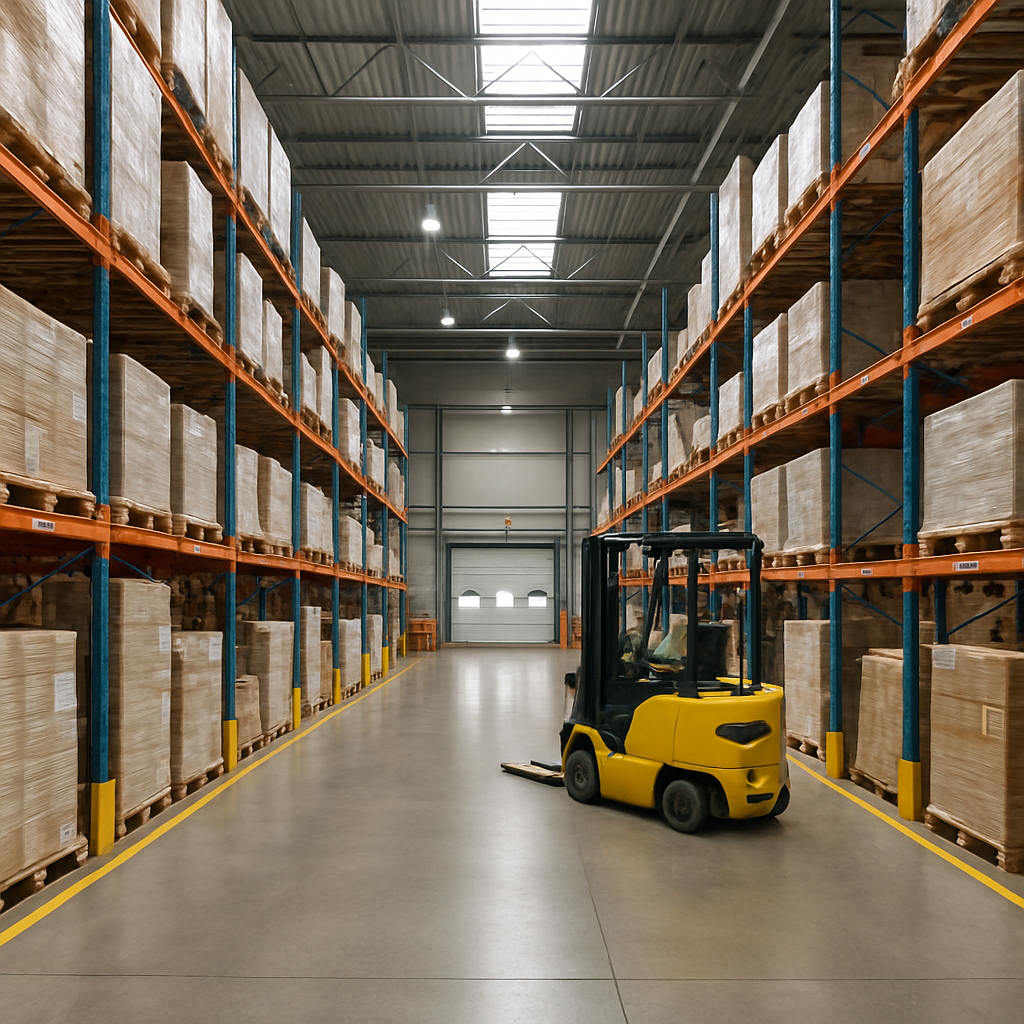
Shrink is a silent margin killer in grocery distribution centers. Whether it's crushed produce, dented canned goods, broken beverage cases, or freezer-burned protein, inventory loss erodes throughput, profits, and customer trust. And while many DCs respond by adding more checks and approvals, that approach often slows productivity and increases labor cost-per-case.
The strongest grocery DCs fight shrink without sacrificing speed—by engineering discipline into workflows, training, and labor accountability. This guide delivers practical, field-tested tactics to reduce shrink across dry, refrigerated, and frozen grocery operations.
Damaged product doesn’t just disappear. It multiplies cost:
According to FMI (The Food Industry Association), inventory shrink in food distribution averages 2.4% annually—but DC-driven shrink is controllable with structured dock processes, packaging discipline, and labor standards.
| Root Cause | Examples | Shrink Impact |
|---|---|---|
| Poor pallet integrity | Mixed-height stacking, crushed lower tiers | Crushed produce, collapsed pallets |
| Rough PIT handling | Fast turns, tight aisles, aggressive lift entries | Case punctures, corner crush |
| Bad slotting | Heavy over light, slow movers in fast zones | Travel damage, excess touches |
| Inbound damage not isolated | OS&D missed at dock | Supplier claim losses |
| Cold chain breaks | Warm loading, door delays | Spoilage, safety holds |
Require 4-corner inspection on every pallet before staging.
Flag unstable pallets for rebuild before movement.
Use pallet height templates and corner boards for fragile SKUs.
Result: Clean inbound = less downstream collapse.
Use velocity-based slotting to minimize touches and travel.
Keep heavy SKUs below chest height, fragile above waist height.
Dedicate “gentle handling lanes” for produce and dairy.
Even a small re-slot reduces travel strain and cut damage rates by 8–15%.
Activate impact monitoring on PIT equipment.
Track operator collision frequency.
Retrain, don’t just reprimand—injury and shrink are linked to habits, not intent.
Metric to watch: PIT impacts per 1,000 pallets moved.
Stage no-stack zones for crush-prone SKUs (chips, produce, eggs).
Add dock bumpers and column guards to prevent side strikes.
Use temp checks + seal audits for refrigerated and frozen SKUs.
A dock discipline checklist cuts 40% of OS&D disputes.
Track shrink by zone + shift rather than weekly summaries.
Use leaderboards for damage-free days.
Tie shrink reduction to performance incentives, not after-the-fact investigations.
Temp staffing models don’t stop shrink because they lack training accountability. With managed labor, you get:
✅ Consistent handling SOPs per SKU family
✅ Performance tracking by associate + shift
✅ Shrink KPIs measured alongside productivity
✅ Real-time coaching on docks and pick lines
| KPI | Target | Why It Matters |
|---|---|---|
| Damage Rate / 1,000 Cases | ≤ 1.5 | Universal shrink control metric |
| OS&D Claims % | < 0.3% | Protects supplier credits |
| PIT Impacts Logged | ↓ 20% | Leading indicator |
| Rework Hours | ↓ weekly | Hidden profit drag |
| Cost Per Case | ↓ over 12 weeks | Measuring shrink + labor impact |
Q1: How do I reduce shrink without slowing productivity?
Fix handling at the dock and slotting first—these are passive controls that don’t add steps.
Q2: What causes the most grocery DC damage?
Poor pallet integrity and aggressive PIT handling are responsible for more than half of shrink.
Q3: How do I win shrink disputes with suppliers?
Document pallet condition at receiving using photos + digital OS&D workflow.
Q4: Are incentives effective for shrink reduction?
Yes—when tied to team KPIs and tracked daily by zone.
Q5: Can managed labor reduce shrink faster than internal training?
Yes—because shrink is a discipline issue, not a quality issue. Managed labor adds accountable leadership on the floor.
👇📅 We're here to help. There's no pitch - just a conversation. 📅👇
In any market, your supply chain can make or break your ability to compete well. Don't leave that to chance. We can help you create a stronger operation, so you never fall behind the competition.
Stop worrying about labor challenges and start enjoying a safe, lean, and rock-solid supply chain.
(800) 849-3132 | © FHI. All rights reserved.